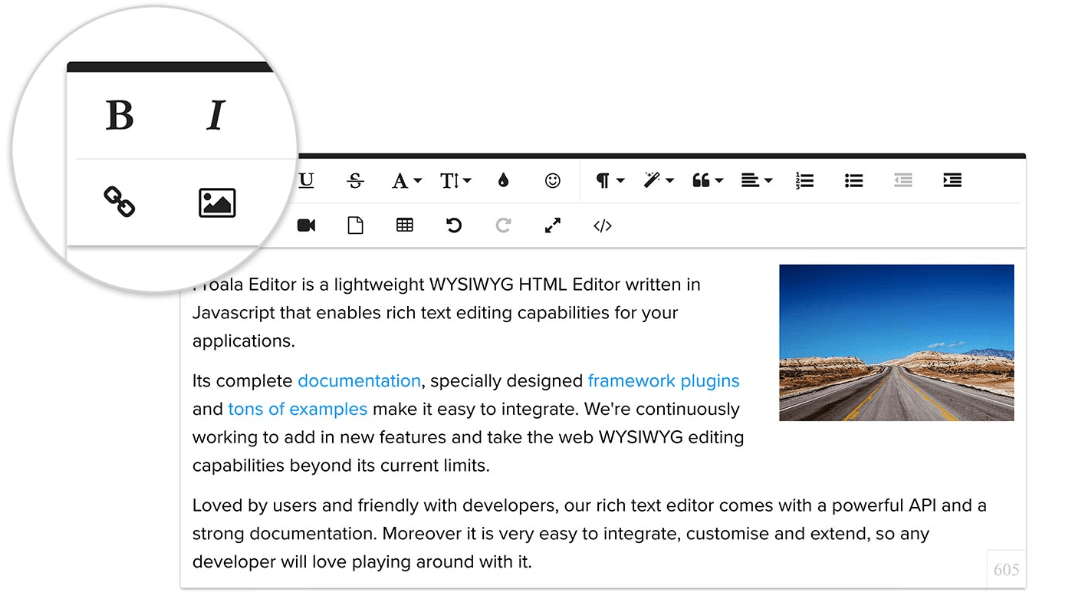The term No-code is used more and more often and you can regularly find it back in the media. Not for nothing: it is a time and cost-saving way of programming. This makes the making of an app or website accessible to many more people. Yet there is quite a bit to argue about this hype — is it really the best idea for an initial product launch? There is even a good chance that your ambitions do not fit this method. These are the four disadvantages of no-code that you need to be aware of before you decide how you develop software or applications.

What is no code?
As the name suggests, no-code offers the possibility to develop software or applications without actually having to write code. How does it work then? You use visual tools, where you select functional components and place them in a visual flow. With no code, you can use a library with functions that you can use to develop an app, for example. That way you don’t have to have any technical skills to be able to develop software. This makes the development of applications accessible to many more people. It is therefore not surprising that it is such hype: anyone with ambitions for a technical solution seems to be able to realize this.
Compare programming with a Content Management System. With this content system, you use either HTML or WYSIWYG (what you see is what you get). HTML gives you the option to design “the back” of the site: you not only write the web text but also give commands in code: this text is, for example, bold. With the WYSIWYG option, you write in a more visual representation, so that you can immediately see which changes have what impact on the end result.
Still, using no-code methods is not a big deal. In fact, no-code has important disadvantages that you need to be aware of.

WYSIWYG editor example to write in a visual representation
Disadvantage 1: The costs, not the benefits of outsourcing
The biggest disadvantage is that no-code is not exactly cheap. In fact, it is generally just as expensive and often even more expensive than outsourcing or nearshoring. It also has significant disadvantages. This way the product has no guarantee and saves organizations no time. After all, your own employees have to get started with the no-code solution. This actually pushes costs up even further. At the end of the line, no-code is often just as expensive as having something programmed by an external party in Western Europe. The fact that there are no guarantees also makes it riskier.
Disadvantage 2: No code offers limited options
No-code is often applied by departments within organizations that are looking for a solution to a single problem. The software can be developed with speed and ease, which fulfills a function that might otherwise have had to be done manually. However, there is little attention to the UX (User Experience). Only a functional solution for a problem is developed.
Compare it with a tie-wrap: a functional and fast solution that is solid enough to tackle certain problems. More challenging and comprehensive problems are not usually solved with a tie-wrap. That kite also applies to no code. A comparison with lego blocks also applies here: the applications are limited. As a result, the focus is quickly on what can be built with the “blocks”, then what the user needs.
Disadvantage 3: No code is poorly scalable
Often no-code solutions offer limited possibilities to integrate into a private cloud, within the IT infrastructure of an organization, for third-party solutions, outdated systems, or systems that are in-house. The question is how scalable such a solution is if it cannot be integrated. The answer to this question is: a no-code solution is often not scalable enough to have an impact on business objectives. Precisely for business-critical applications, the state of the art of no-code is not yet developed far enough. This makes it a very limited application.
Because pure no-code is so suitable to solve a problem for a department in an efficient manner, it, in turn, has to give up some other qualities. The scalability of no-code is a serious problem. Applications that are intended for multiple departments, user target groups, and markets are rarely if ever developed by means of no-code.
Disadvantage 4: Data cannot be stored properly
Applications developed by means of no code integrate poorly or not with other systems. This makes it a big challenge to save data that is collected by such applications. You do not have to be surprised if data has not been saved, has not been stored in a structured way and there may also be different quality levels in the data.
Of course, there are – thanks to European guidelines – hooks and eyes on the use of data. The privacy rights of users have been protected thanks to this GDPR. However, it is still possible to gather insights from data. The fact that no code makes it so difficult to collect data in the right way is, therefore, a serious problem for companies that want to use data. Consider, for example, public applications.
Other disadvantages: vendor lock and lack of control
Other disadvantages of no-code are the fact that there is a “vendor lock”: it is difficult to switch from no-code, without this having drastic financial consequences. The lack of control is also worrying. The components used are not written by an organization itself. Because of this, the question is whether an application is safe. This entails serious safety risks.
Conclusion
No-code is the tie-wrap of programming: efficient and effective with simple problems. In addition, it seems like a good solution for organizations that want to present the possibilities of an application internally. For example, to “sell” the innovation opportunities to stakeholders, inside or outside the organization.
An alternative to no code is low code. This allows you to program more complex issues. As a result, it has a particular value for organizations, although it naturally also has limitations. However: developments follow each other at a rapid pace, and it may be possible in the future to develop sustainable solutions using no-code or low-code
If you want to develop and deploy an application, it is advisable to write actual code. After all, you soon come up against the limits of this method. This does not only happen if you want to scale up but also for companies that want to use insights from data that do not find the ideal approach in no-code. In addition, it entails serious safety risks and the question is how much control there is.






